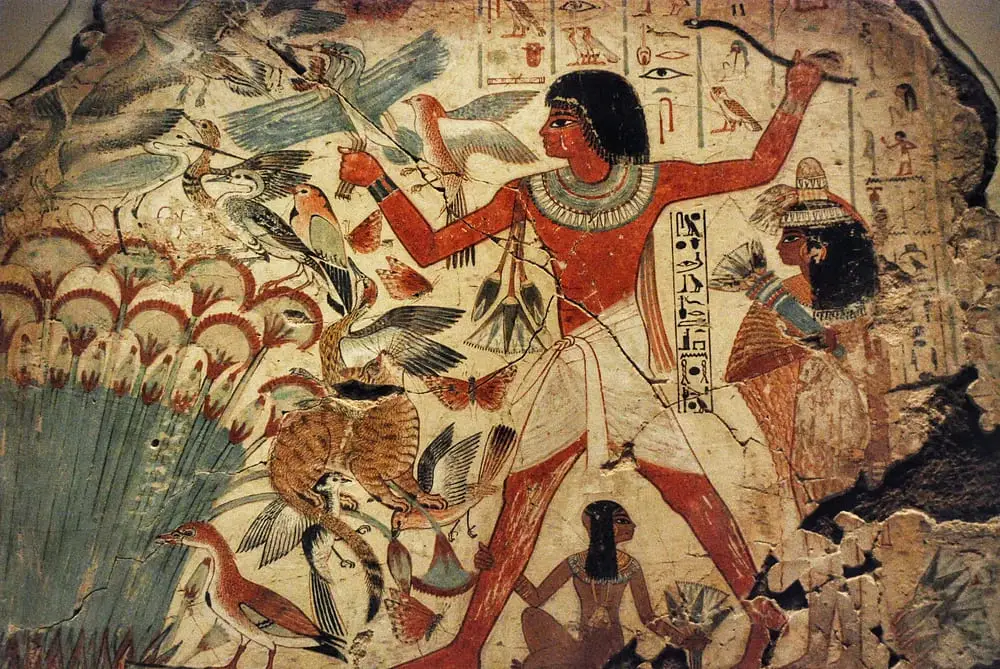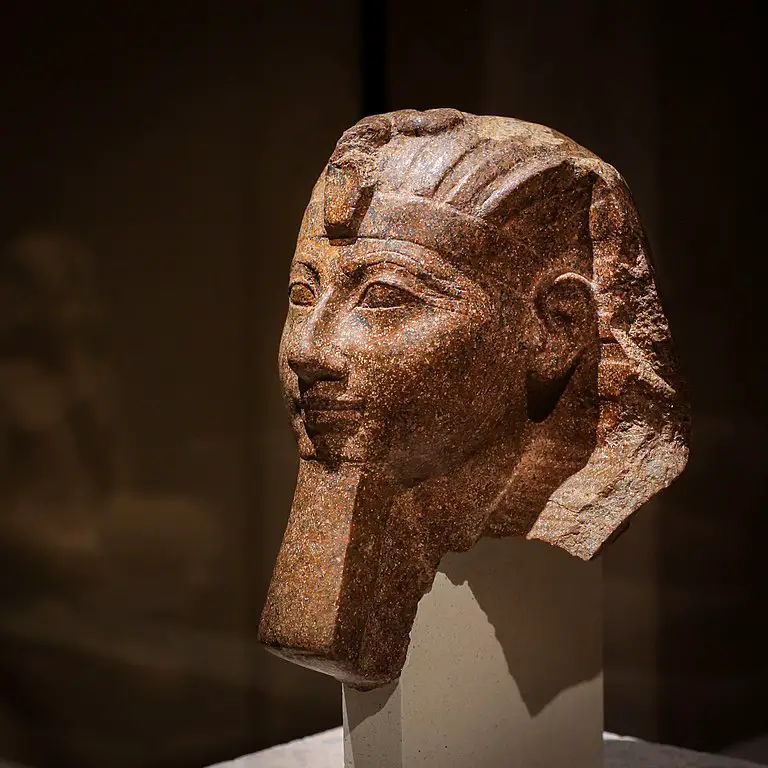
In the pantheon of Ancient Egyptian fineries, their elaborate attention to hairstyles cannot be overlooked. What kind of hair did Ancient Egypt have? This question uncovers a myriad of fascinating details about the fashion, culture, and personal grooming that flourished along the Nile.
Table of Contents
The Kaleidoscope of Ancient Egyptian Hair
Hair in Ancient Egypt was more than a feature; it was a reflection of one’s identity. The Old Kingdom saw the flourishing of various hair types, from straight hair to wavy styles and tight curls or long hair, reflective of the diverse genetic tapestry of the people, ranging from native Egyptians to those with Black African and East African heritage. Such a mosaic makes it impossible to narrow down a singular hairstyle for this civilization.
Wigs and Extensions

The Ancient Egyptians cherished their locks, augmenting their natural hair with hair extensions and add-ons. Egyptian hairstyles were complex – a cosmetologist’s dream! Examining a mummy from the period is proof that they embraced hairpieces, sculpted braids, and even wigs made of human hair.
Ancient Egyptian Wigs
Elaborate wigs were a status symbol and played a crucial role; they were worn by both men and women and indicated one’s social status. Many of the wigs displayed at the British Museum and the Cairo Museum illustrate the sophistication that went into weaving these intricate hairstyles. From women’s wigs to the symbolic false beard of a pharaoh, the Egyptian wig was a key part of the attire.
Ancient Hair Care Practices and Cosmetics
Far from being unkempt, Ancient Egyptians took hair care seriously, using olive oil and almond oil as hair treatments. They even concocted their version of hair gel, derived from plant extracts and animal fat, to keep their hairstyles intact.
The Spectrum of Hair Color and Styles
There was diversity in hair color too, though black was predominant due to the genetic traits. However, the preserved hair samples from Egyptian mummies and depictions in tomb paintings suggest that they experimented with their hair color, possibly using henna for a reddish tint. The hairstyle was not just about aesthetics; it was also a reflection of an individual’s stage in life, differing from childhood to adulthood and changing significantly for mourning practices.
The Fame of Braids and Curls

Experts like Joann Fletcher and Natalie McCreesh have had the opportunity to closely study braids and curls from mummified remains and hair extensions from Ancient Egyptian hair, noting the similarities with African and African American hairstyles. The meticulousness with which braids were crafted suggested a community that valued detail and presentation.
Nubian Influence On Ancient Egyptian Hair
The Nubian wig, adorned with gold strands and intricate designs, plucked its style cues from East Africa, celebrating a confluence of cultures seen in the Ancient Egyptian hairstyles.
The Phenomenon Of Hair Growth And Loss
Hair growth and hair loss were as relevant concerns then as they are today. The insufferable heat of the region, however, prompted many to maintain short hair or even opt for a shaved head, especially among the working class, for comfort and hygiene.
The Tale Of Hair Told Through Egyptian Mummies

The incredible state of preservation seen in Egyptian mummies provides invaluable insight into Ancient Egyptian hair. Studies conducted on these relics reveal secrets of styling techniques and show that wigs and braids were not merely for the living; they adorned the dead too.
A Vision in Fine Art: Styling in Tomb Paintings
The fine art of Ancient Egypt, showcased through intricate tomb paintings, gives us a direct view of the prevalent hair types and hairstyles. From commoners with short hair or shaved heads to a noblewoman’s lengthier, styled tresses, the inclination towards appearance was ubiquitous.
Hair In The Time Of The Pharaohs
In the era of the pharaohs, Egyptian hairstyles could signal one’s status, whether royal or commoner, with added nuances. Pharaoh or peasant, woman or warrior, each had a distinct hair style.
A Symbol in Ancient History
In ancient history, the hair spoke volumes before the mouth did. It depicted social strata, professional ties, and personal differences. No matter the era within ancient Egypt — the Middle Kingdom to the New Kingdom — hair maintained its intrinsic value in societal norms and visual identity.
The Craft Behind Ancient Egyptian Hair
Fashioning Ancient Egyptian hairstyles was no menial task. It was a labor of love and expertise, often involving multiple hair care professionals and maids. Their dedication to personal care and the importance placed on personal aesthetics is a testament to the complexity and richness of their culture.
Whether considering the natural hair of the everyday Egyptian, the carefully constructed Egyptian hair wigs, or the hairstyles that have been preserved for millennia on the mummies and within fine art, what remains clear is that hair type in Ancient Egypt was not just a physical attribute; it was an art form, an expression of identity, and a timeless intrigue that continues to captivate historians, archaeologists, and the public imagination alike.